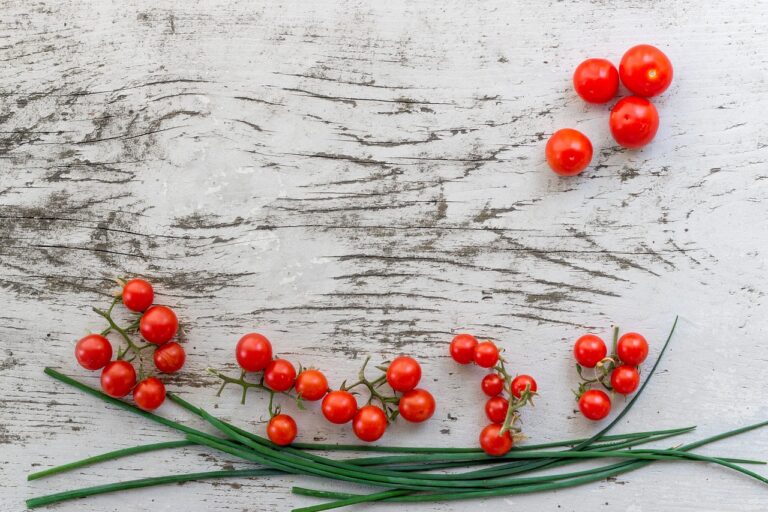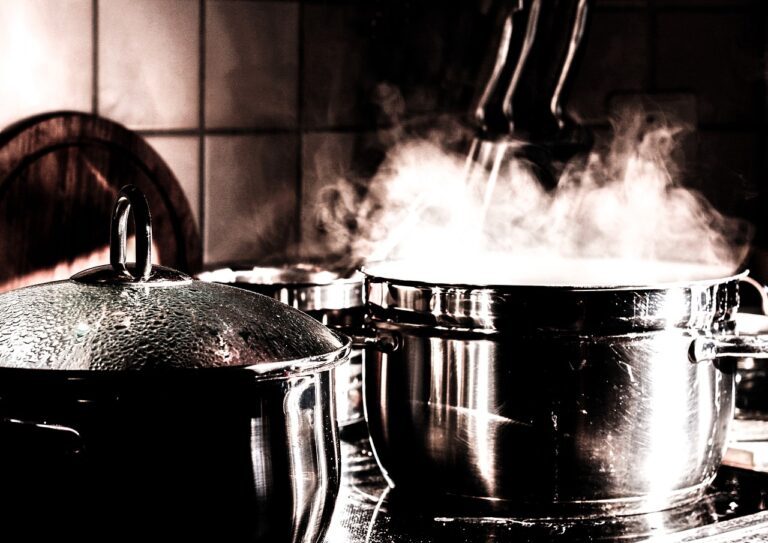Food Storage: Preserve the Goodness, Protect Your Health
In today’s fast-paced world, food storage has become an essential aspect of maintaining a healthy and convenient lifestyle. By storing food properly, we can preserve its freshness, minimize food waste, and safeguard our well-being.
## Refrigeration
Refrigeration is the cornerstone of food preservation. It slows down microbial growth, extending the shelf life of perishable items.
Storing Perishables
- Fruits and vegetables: Keep in the refrigerator’s crisper drawer or on the bottom shelf at 32-38°F.
- Dairy products: Store milk, cheese, and yogurt in the coldest part of the refrigerator, typically at 35-40°F.
- Meat and poultry: Store meat in the coldest part of the fridge or in the freezer for extended storage.
## Freezing
Freezing temperatures halt microbial growth entirely, making it an excellent long-term food storage method.
Flash Freezing
- Freeze individual portions of food on a cookie sheet before placing them in freezer bags or containers to prevent clumping.
- This method ensures even freezing and reduces freezer burn.
Labeling and Inventory
- Label frozen food with the date and contents for easy tracking.
- Keep an inventory of frozen items to avoid overstocking or forgetting forgotten stashes.
## Canning
Canning involves preserving food by sealing it in airtight containers and heating it to high temperatures.
Pressure Canning
- Ideal for low-acid foods, such as meats and vegetables.
- Kills harmful bacteria and spores that can lead to spoilage.
- Follow USDA-approved recipes and techniques to ensure safety.
Water Bath Canning
- Suitable for high-acid foods, such as fruits and jams.
- Creates a vacuum seal that prevents spoilage.
- Use clean jars, lids, and bands to maintain the seal.
## Dehydration
Dehydration removes moisture from food, making it lightweight, portable, and long-lasting.
Natural Sunlight
- Spread food on trays or racks in a sunny location with good airflow.
- Turn food regularly to ensure even drying.
- Protect from insects and dust with cheesecloth or mesh covers.
Food Dehydrators
- Electric appliances that circulate warm air to accelerate dehydration.
- Ideal for drying larger quantities of food, especially fruits and vegetables.
- Follow manufacturer’s instructions for specific settings and drying times.
## Storage Containers
Choosing the right storage containers is crucial for preserving food freshness and preventing contamination.
Glass Jars and Bottles
- Airtight and non-porous, ideal for storing dry goods, liquids, and fermented foods.
- Easy to clean and sterilize for reuse.
Plastic Containers
- Lightweight and shatterproof, but some plastics can leach chemicals into food.
- Choose BPA-free and food-grade containers for safe storage.
Reusable Produce Bags
- Made from breathable materials, such as cotton or mesh, these bags help extend the shelf life of fruits and vegetables.
- Washable and reusable, reducing waste and plastic consumption.
## Conclusion
Food storage is an essential practice that empowers us to enjoy fresh and nutritious food, reduce waste, and protect our health. By understanding the different storage methods and using appropriate containers, we can preserve the goodness of our food and safeguard the well-being of our families. Remember to store food safely and follow recommended guidelines to maintain its quality and prevent spoilage.

























